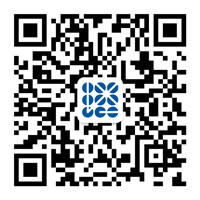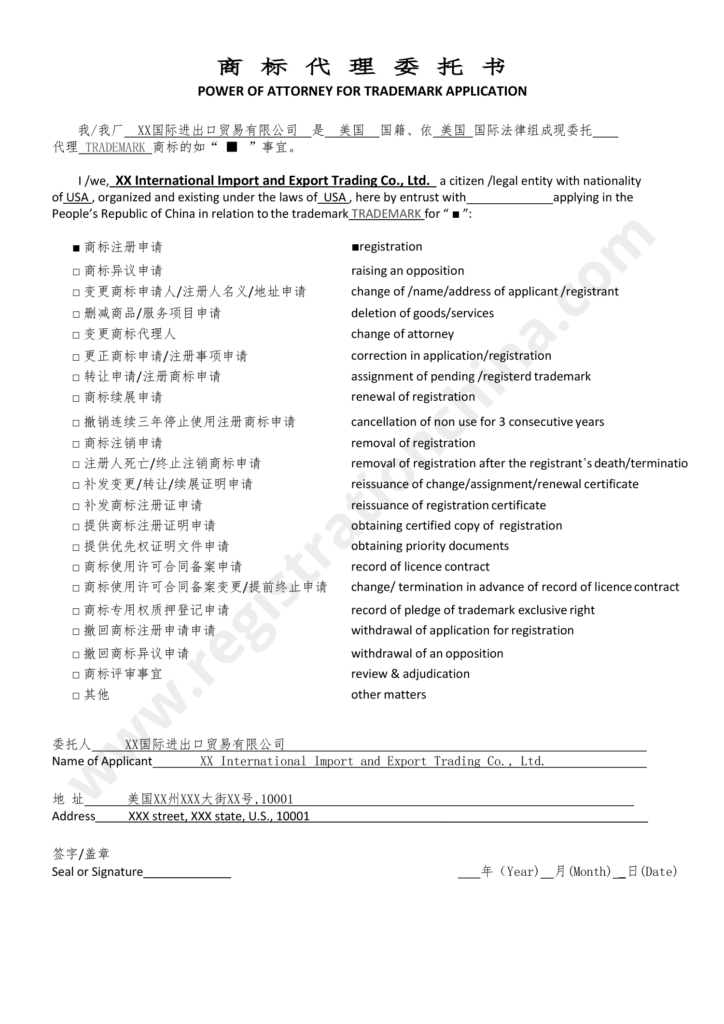Contents
Introduction:
While a Licensed Trademark Agent in China is essential for foreign individuals or overseas companies looking to register trademarks, the first and most crucial step is to appoint a truly professional and officially authorized trademark registration agent in China. Due to China’s strict legal framework, only domestic trademark agencies that are officially registered and recognized by the China National Intellectual Property Administration (CNIPA) are qualified to represent applicants. Foreign individuals and companies are not permitted to act as trademark agents themselves. This means you must sign a Power of Attorney (POA) and select an official trademark agent to handle your application legally and efficiently. This article explains why appointing a licensed trademark agent in China is mandatory for foreign applicants and how to identify reliable agencies that can safeguard your brand in the Chinese market.
1. Why Should You Understand Trademark Types in China?
When registering a trademark in China, many foreign applicants often ask: “Which type should I choose?” China officially classifies trademarks into eight types, while international practice typically groups them into three categories. Understanding both systems and how they correspond is crucial for protecting your brand rights and ensuring a smooth application process.
The type of trademark you choose not only determines the required application documents and the official examination process, but also directly affects the scope of legal protection granted after registration. Choosing the wrong type may result in application rejection, limited brand protection, or even difficulties in defending your rights in the event of infringement. Therefore, it is essential to determine the correct type of trademark for your brand before filing the application.
2. Three Main Types: Licensed Trademark Agent in China
In GWBMA’s Trademark Registration system, each type is classified into three main categories: Word Mark, Figurative Mark, and Figurative Mark containing Word Elements.
1. Word Mark
Definition: Consists only of words, letters, or numbers, with no graphic elements or color combinations.
Corresponding Chinese Types:
- Word Mark
- Letter Mark
- Number Mark
Examples:
“可口可乐” (Coca-Cola), “BMW”, “888”
2. Figurative Mark
Definition: Includes only graphic elements, images, three-dimensional shapes, color combinations, or sounds, without any words or letters.
Corresponding Chinese Types:
- Graphic Mark
- Three-Dimensional Mark
- Color Combination Mark
- Sound Mark
Examples:
Apple logo, Nike Swoosh, unique bottle shape, special color combinations, brand jingles
3. Figurative Mark containing Word Elements (Combination Mark)
Definition: A combination of words, letters, numbers, and graphic elements.
Corresponding Chinese Type:
- Combination Mark (which may include words, letters, numbers, graphics, 3D shapes, colors, etc.)
Examples: “McDonald’s” with the Golden Arches, “Lenovo 联想” (Chinese characters and Pinyin)
3. Detailed Explanation of the Eight Official Trademark Types: Licensed Trademark Agent in China
Under the CNIPA classification system, , each type is tagged with its corresponding international category to help foreign applicants quickly find the right classification.
- Word Mark (Word Mark) These are trademarks composed solely of words. They can be in Chinese characters, minority scripts, or foreign languages. There are no restrictions on font or calligraphy style. Only includes words (including Chinese characters, foreign letters, Pinyin, or minority scripts).
For example: “Alibaba”, “Tencent”, “BMW” - Graphic Mark (Figurative Mark)
These marks consist of images or graphic elements. The possibilities are endless—anything from plants and animals to abstract symbols or famous landmarks. Only includes images or graphics.
For example: Apple logo, unique animal image - Letter Mark (Word Mark)
These are trademarks made up of alphabetic letters or phonetic symbols, including Latin, English, or Chinese Pinyin. Only includes Latin letters or other phonetic or phonogram characters.
For example: “IBM”, “JD” - Number Mark (Word Mark)
These use numbers (Arabic numerals or Chinese numerals), but at least two digits are required. Only includes numbers (at least two digits).
For example: “360”, “1688” - Three-Dimensional Mark (Figurative Mark)
These trademarks use a three-dimensional shape or structure, such as a product’s packaging, a bottle design, or another distinctive form. A mark with a three-dimensional appearance.
For example: Coca-Cola bottle shape - Color Combination Mark (Figurative Mark)
These are trademarks made up of specific combinations of colors, without other graphic or word elements. Consists solely of specific color combinations.
For example: IKEA’s blue and yellow color scheme - Combination Mark (Figurative Mark containing Word Elements)
These mix two or more elements—words, graphics, letters, numbers, colors, or 3D shapes—into one mark. Contains two or more elements (such as words + graphics, letters + numbers, etc.).
For example: Chinese characters + logo, letters + graphic - Sound Mark (Figurative Mark / Special)
A non-traditional mark that uses distinctive sounds to identify goods or services. Uses a distinctive sound to identify the brand.
For example: Intel startup sound
4. Correspondence Table: Three Main Types and Eight Official Types: Licensed Trademark Agent in China
| GWBMA’s Three Types | China’s Eight Types | Example |
|---|---|---|
| Word Mark | Word Mark, Letter Mark, Number Mark | BMW, 1688 |
| Figurative Mark | Graphic Mark, 3D Mark, Color Combination Mark, Sound Mark | Apple logo, bottle shape, color combinations, jingles |
| Figurative Mark containing Word Elements | Combination Mark | GWBMA + logo, McDonald’s + “McDonald’s” |
Frequently Asked Questions:
Q: My logo includes both words and graphics. Which type should I choose?
A: Please select a “Combination Mark” (Figurative Mark containing Word Elements).
Q: I only have a brand name. Which type is suitable?
A: Please select a “Word Mark”.
Q: Can I register only the graphic, without any words?
A: Yes, this falls under the “Graphic Mark” category (Figurative Mark).
Q: Are 3D, color, and sound trademarks registrable in China?
A: Yes, but the requirements for distinctiveness are stricter. It is recommended to work with an authorized Licensed trademark agent to prepare the necessary materials.
Q: Does registering a combination mark cover its individual elements as well?
A: A combination mark protects the mark as a whole as registered. If you plan to use elements separately, we suggest registering them individually.
Q: Should I apply for a black-and-white or color trademark?
A: Generally, we recommend applying for a black-and-white version. Once approved, you can use different colors flexibly. If you register a color trademark, you must use the exact colors filed and cannot change them later.
Conclusion:
As an officially accredited Licensed trademark agent in China registered with the CNIPA, GWBMA not only helps clients accurately determine the appropriate trademark type, but also provides end-to-end assistance throughout the process, helping avoid common pitfalls and improving your chances of a successful registration.
Important Note: Foreign individuals and companies cannot act as Licensed trademark agents themselves in China. It is mandatory to appoint an authorized domestic Licensed Trademark agent and sign a Power of Attorney (POA).




